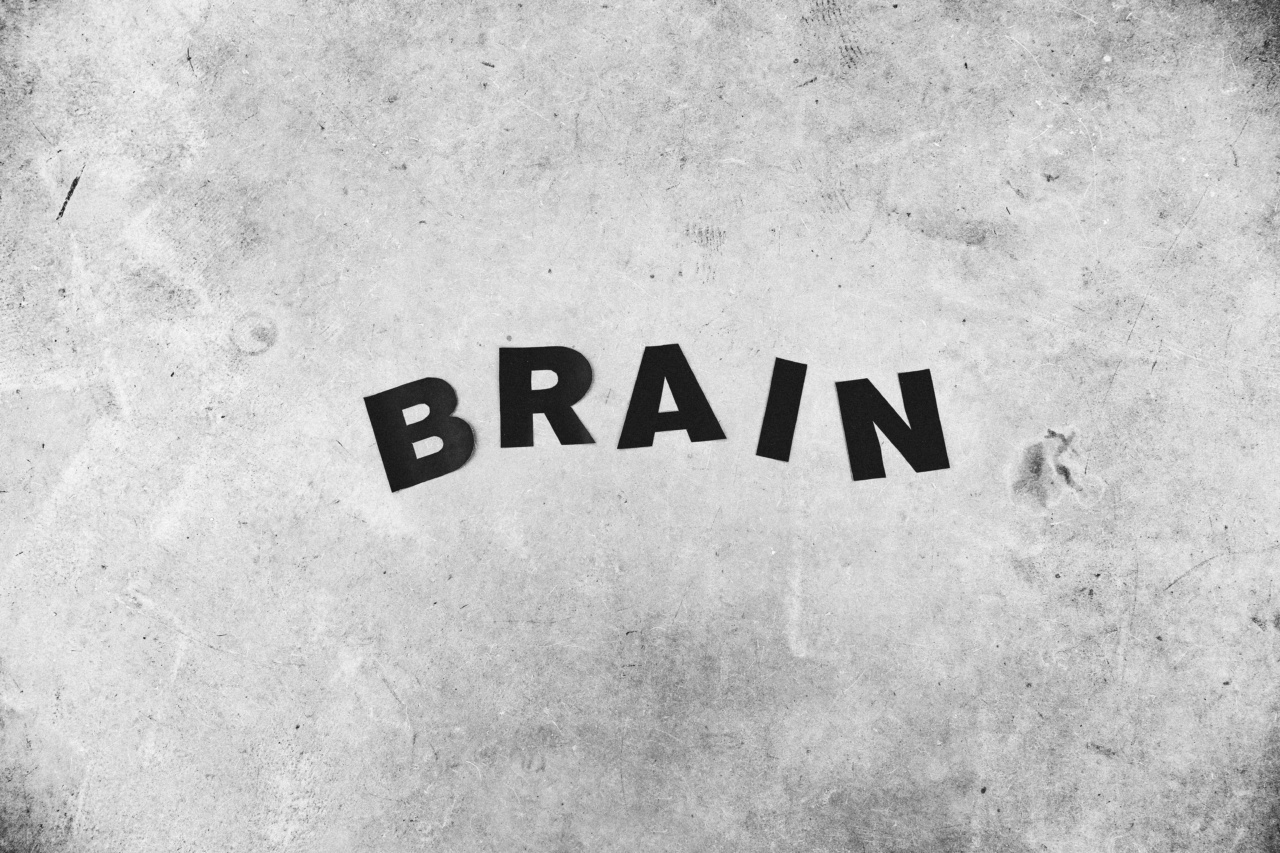Dry eye is a common eye problem that affects millions of people worldwide. It occurs when the eyes do not produce enough or quality of tears that keep the eyes lubricated, and as a result, the eyes become dry, red, and irritated.
Sometimes it may also cause blurred vision and a scratchy or gritty sensation in the eyes.
When left untreated, dry eye can lead to long-term complications such as corneal ulcers, eye infections, and even permanent vision loss.
Therefore, understanding the causes and solutions for dry eye is essential to keep your eyes healthy and comfortable.
Causes of Dry Eye
Several factors can contribute to dry eye. Here are some of the most common causes:.
1. Aging
As you age, your eyes become less efficient at producing tears. This is because the lacrimal glands, which are responsible for lubricating the eyes, tend to shrink and produce fewer tears over time.
2. Environmental Factors
Environmental factors such as dry air, wind, and air conditioning can also cause dry eye. Exposure to smoke, pollution, and other irritants can also affect the quality of tears and cause dry eye symptoms.
3. Medical Conditions
Several medical conditions can cause dry eye as a symptom. These include:.
- Arthritis
- Sjögren’s syndrome
- Lupus
- Thyroid disorders
- Diabetes
- Rheumatoid arthritis
4. Medications
Certain medications can also cause or worsen dry eye symptoms. These include:.
- Antidepressants
- Antihistamines
- Blood pressure medications
- Diuretics
- Pain relievers
Solutions for Dry Eye
The good news is that there are several ways to manage and treat dry eye. Here are some of the most effective solutions:.
1. Artificial Tears
Artificial tears are over-the-counter eye drops that can help lubricate the eyes and relieve dry eye symptoms. They come in different formulations, so it is best to consult with an eye doctor to find the right one that suits your specific needs.
2. Lifestyle Changes
Simple lifestyle changes can also help alleviate dry eye symptoms. These include:.
- Blinking frequently, especially when using a computer or reading for an extended period.
- Using a humidifier to increase the moisture content in the air.
- Wearing sunglasses to protect the eyes from wind and environmental irritants.
3. Prescription Medications
In cases of severe and persistent dry eye, an eye doctor may recommend prescription medications such as Restasis or Xiidra to help increase tear production and reduce inflammation in the eyes.
4. In-Office Procedures
In some cases, an eye doctor may recommend in-office procedures to relieve dry eye symptoms. These include:.
- LipiFlow – a thermal pulsation therapy that helps unclog blocked oil glands in the eyes.
- Intense Pulsed Light (IPL) – an light-based treatment that helps reduce inflammation in the eyes.
Conclusion
Dry eye is a common eye problem that can cause discomfort and affect your quality of life. However, with proper management and treatment, you can alleviate dry eye symptoms and maintain healthy eyes.
If you experience persistent dry eye symptoms, it is essential to consult with an eye doctor to determine the underlying cause and find an effective solution for your specific needs.































